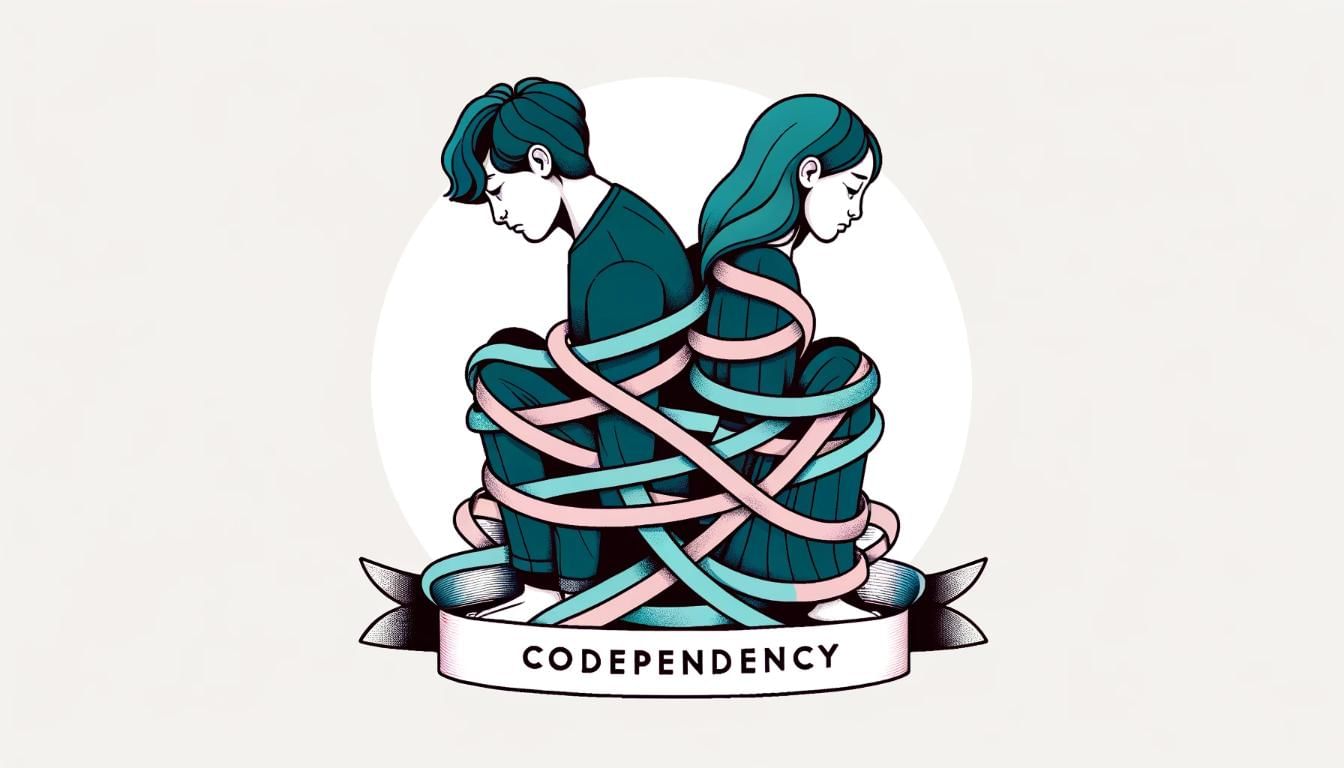CBT for codependency is a powerful tool that can help you break free from the shackles of unhealthy relationships. It's like having a roadmap to emotional independence, guiding you through the twists and turns of your mind.
Understanding Codependency
Codependency is a term that often gets thrown around, but what does it really mean? It's when you find yourself overly reliant on someone else for your happiness and self-worth. It's like being a passenger in your own life, with someone else at the wheel.
The Role of CBT
Enter Cognitive Behavioral Therapy (CBT). CBT is like a personal trainer for your brain. It helps you identify and challenge the negative thought patterns that fuel your codependency. By changing your thoughts, you can change your feelings and behaviors.
The Power of CBT for Codependency
CBT for codependency is not just about breaking free; it's about building a new, healthier you. It's about learning to value yourself, set boundaries, and communicate effectively.
Setting Boundaries
One of the key aspects of overcoming codependency is setting boundaries. It's like drawing a line in the sand, saying, "This is where I end, and you begin." CBT can help you identify where you need boundaries and how to assert them.
Building Self-Esteem
Codependency often goes hand in hand with low self-esteem. CBT can help you challenge the negative beliefs you have about yourself and replace them with positive ones. It's like planting seeds of self-worth and watching them grow.
Improving Communication
Effective communication is crucial in overcoming codependency. CBT can help you express your needs and feelings assertively, without fear of rejection or conflict. It's like learning a new language, the language of self-respect.
Real-Life Examples
Let's look at some real-life examples of how CBT for codependency can make a difference.
Sarah's Story
Sarah was always the peacemaker in her family. She put everyone else's needs before her own, afraid of causing any conflict. Through CBT, Sarah learned to assert her needs and set boundaries. She discovered that she could be loving and supportive without losing herself in the process.
Tom's Journey
Tom was in a relationship where he felt more like a caretaker than a partner. He was always trying to fix his partner's problems, neglecting his own needs. CBT helped Tom realize that he was worthy of love and respect, just as he was. He learned to communicate his needs and step back, allowing his partner to take responsibility for their own issues.
The Journey Continues
Overcoming codependency is a journey, not a destination. It's about continuous growth and self-discovery. CBT for codependency is a tool that can help you navigate this journey, empowering you to build healthier relationships and a stronger sense of self.
Embracing Change
Change can be scary, but it's also exciting. Embrace the changes that come with overcoming codependency. Celebrate each step forward, no matter how small. Remember, it's not about perfection; it's about progress.
Seeking Support
You don't have to do this alone. Seeking support from a therapist, support group, or loved ones can make a big difference. Sharing your experiences and learning from others can provide comfort and encouragement.
Conclusion
CBT for codependency is a powerful tool that can help you break free from the chains of unhealthy relationships. It's about learning to value yourself, set boundaries, and communicate effectively. Remember, the journey to overcoming codependency is a marathon, not a sprint. Take it one step at a time, and don't be afraid to seek support along the way. You deserve a life filled with love, respect, and independence.
